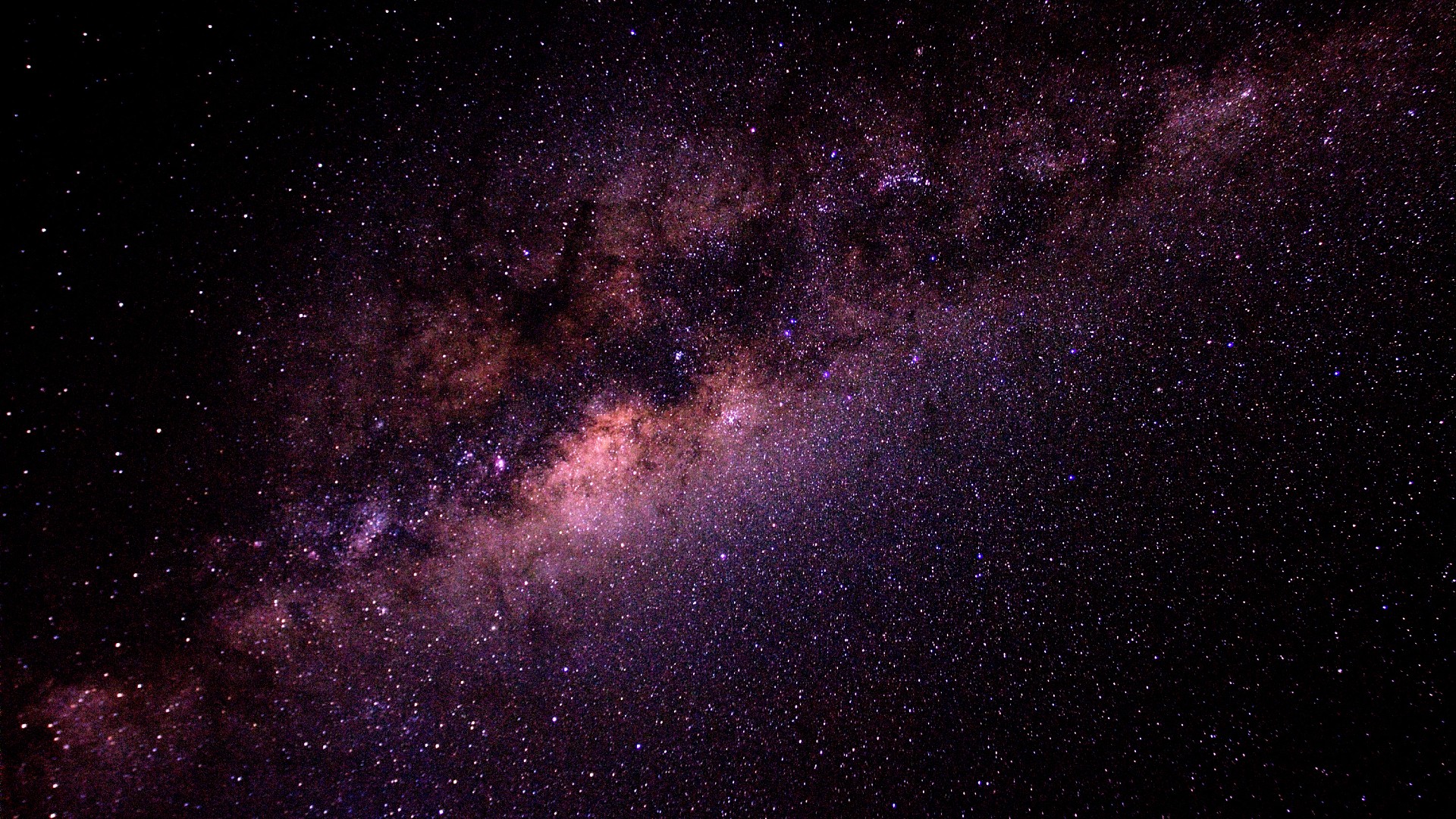Astronomers spot the most distant stars in the Milky Way — a million light-years away

When you think of the Milky Way, you probably picture the spiral arms of its disk — where you'll find our solar system — or the bulge at its heart.
But surrounding all that is the mysterious stellar halo, a vast region that's sparsely populated with the galaxy's oldest stars and much of its dark matter. Astronomers studying the stellar halo have just discovered more than 200 of the most distant stars in the Milky Way, with the farthest being more than a million light-years away, or nearly half the distance to our neighboring galaxy Andromeda.
To find these stars, the researchers analyzed data from a project called the Next Generation Virgo Cluster Survey (NGVS), which used the Canada-France-Hawaii Telescope (CFHT) on Hawaii's Mauna Kea to study galaxies in the Virgo Cluster, including M87.
Related: Milky Way lights up Guiana spaceport in stunning timelapse video
Although the study wasn't specifically designed to search for stars in Milky Way's stellar halo, known as RR Lyrae stars, the astronomers were able to pick 208 such objects out of the data.
"To get a deep exposure of M87 and the galaxies around it, the telescope also captured the foreground stars in the same field, so the data we used are sort of a by-product of that survey," Yuting Feng, a UC Santa Cruz doctoral student who led the study, said in a statement.
The RR Lyrae stars are identifiable by their pulsating brightness, which can be observed from Earth.
Breaking space news, the latest updates on rocket launches, skywatching events and more!
"The way their brightness varies looks like an EKG — they're like the heartbeats of the galaxy — so the brightness goes up quickly and comes down slowly, and the cycle repeats perfectly with this very characteristic shape," Raja GuhaThakurta, an astronomer at UC Santa Cruz, said in the statement. "In addition, if you measure their average brightness, it is the same from star to star. This combination is fantastic for studying the structure of the galaxy."
By measuring the brightness of the stars, the team has been able to confirm the theoretical estimates of galactic distances and will continue to use the data to refine galactic models.
"This robust sample of distant RR Lyrae stars gives us a very powerful tool for studying the halo and testing our current models of the size and mass of our galaxy," Feng said.
The team is presenting its research at the American Astronomical Society meeting in Seattle on January 9 and 11.
Follow Stefanie Waldek on Twitter @StefanieWaldek. Follow us on Twitter @Spacedotcom and on Facebook.

Space.com contributing writer Stefanie Waldek is a self-taught space nerd and aviation geek who is passionate about all things spaceflight and astronomy. With a background in travel and design journalism, as well as a Bachelor of Arts degree from New York University, she specializes in the budding space tourism industry and Earth-based astrotourism. In her free time, you can find her watching rocket launches or looking up at the stars, wondering what is out there. Learn more about her work at www.stefaniewaldek.com.
